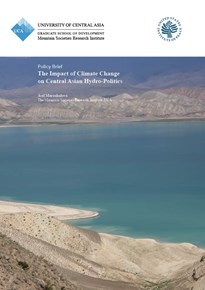Geomorphic thresholds for cascading hazards of debris flows and natural dam formation caused by large landslides
Vol.:(0123456789)
Natural Hazards
https://doi.org/10.1007/s11069-025-07402-0
ORIGINAL PAPER
Geomorphic thresholds for cascading hazards of debris flows
and natural dam formation caused by large landslides
Hefryan Sukma Kharismalatri1 · Takashi Gomi2 · Roy C. Sidle3
Received: 26 August 2024 / Accepted: 22 May 2025
© The Author(s) 2025
Abstract
This study investigates geomorphic thresholds that control cascading hazards initiated by large landslides, particularly their potential to generate natural dams or transform into debris flows. These two outcomes represent primary pathways in which large landslide debris interacts with channel networks, triggering downstream or upstream hazards. Using a global dataset of 188 large landslides, we analyzed key geomorphic parameters including inflow angle (entry angle of landslide into channel), local relief, and channel gradient. Our findings reveal distinct geomorphic thresholds: natural dams tend to form when landslides enter channels at inflow angles > 60° and encounter channel gradient < 10°, while debris flows are more likely when inflow angles are < 60° and channel gradients are > 10°. Power-law scaling exponents between landslide area and volume were lower for debris flows than for natural dam-forming landslides, reflecting differences in failure depth and mobility. While this study focuses on natural dam formation and debris flows as dominant hazard sequences, other outcomes such as channel infilling with sediment or partial blockage may occur depending on local topography and hydrological conditions. To avoid conflating past observations with future projections, we frame our results as empirical thresholds that help assess the potential for cascading impacts. These insights are particularly relevant for mountain communities in tectonically active regions where limited infrastructure, isolation, and steep terrain amplify hazard exposure. By identifying simple geomorphic thresholds associated with hazard transitions, this study provides a framework for improving risk assessment, early warning strategies, and land use planning to enhance hazard mitigation strategies and support evidence-based land use management.








